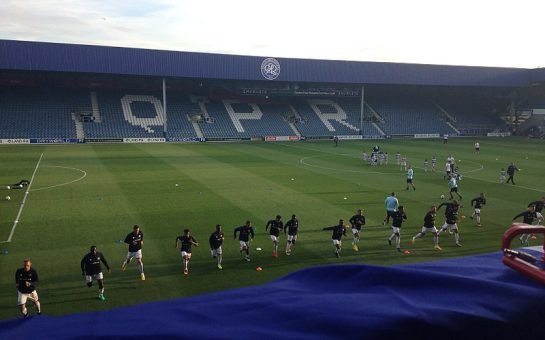Eighty percent of the latest England National team have gained their experience in professional football by being shipped out on loan to the Championship or below.
Is this the key indicator that shows how important the English football pyramid is for the strength of homegrown talents for the national team, which reached the final of a major competition for the second time ever last summer?
There are the exceptions of a few young stars who have only shown their skillset at the very highest level of English football, the Premier League.
Sutton United are a prime example of a team using the loan market effectively.
Isaac Olaofe has been on loan at the club across different spells since last season, and his parent club Millwall will see the benefits when he returns from the now League 2 side.
SWL spoke to Andy Little, Sutton’s first team goalkeeper coach, to get a better understanding of the football pyramid from someone working inside it.
When asked about the importance of pyramid to the national team, he said: “It’s one of those where if our pyramid system didn’t exist, where would the young players play?
“They would play somewhere, but the English pyramid system gives a place for young players to learn their trade, which helps the national side.
“The premier league clubs tend to have a lot of players as they know that they can loan them out.
“Back in the day when I was growing up and playing, they wouldn’t have had as many players in their squads, they would have kept a few of the promising youngsters and let a few go.”
Something that is becoming more and more common however, is the departure of English talents to other countries to develop their talents.
Jadon Sancho left Manchester City to join the Yellow Wall of Borussia Dortmund with Jude Bellingham also following suit.
Although the number of players moving abroad is becoming larger, it is still a huge minority when you look at players who stay in a domestic league.
As a pyramid, you see a huge number of players go to clubs to develop, which would suggest that the Premier League teams, in a way, need these lower league teams to help give their young talents game time.
The English Football pyramid is not just the place to send young talents on loan.
Many young talents are found within football in England some starting their football journeys at non-league sides or even being released from a top academy at a young age.
Tyrone Mings is a prime example of this. The Aston Villa defender was released by Southampton and moved to the Under-18 set-up at Bristol Rovers before a move to Yate Town.
The Centre-Back then went on to play for Chippenham, Ipswich Town, Bournemouth, Aston Villa and then got his call up to the senior England squad.
However, it isn’t just as simple as picking a random team to send your players to when it comes to loans and Premier League clubs can be quite picky.
Andy explained: “Clubs now have loan managers, and they will look for clubs who play a similar style of football so when they come back into their environment, they haven’t picked up different habits.
“A lot of clubs will try and match their loans up to a similar style or ethos.”
With clubs ensuring that their loans are fitting a particular style this means their players will come back and be able to carry on their development at their parent clubs.
For homegrown players, this will certainly strengthen the English national team.
There is a clear line of importance that all of the clubs across the country have to the England National team and also the top clubs in the Premier League for the development of young talent.
But could there be more support provided by those higher up to ensure the longevity of the teams in the English Football pyramid?





Join the discussion